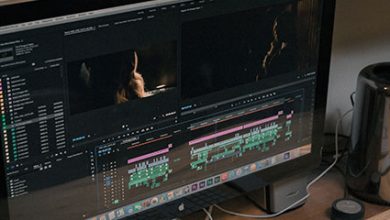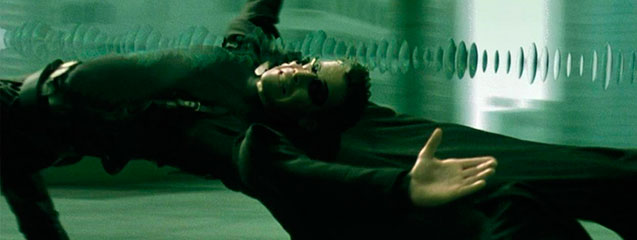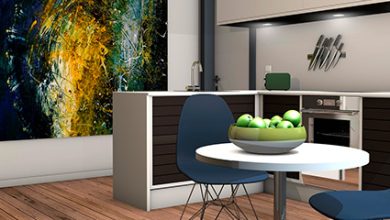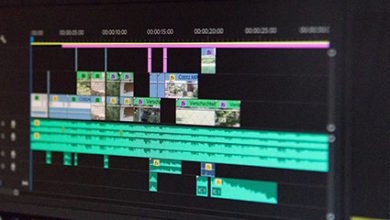3D animation vs traditional animation
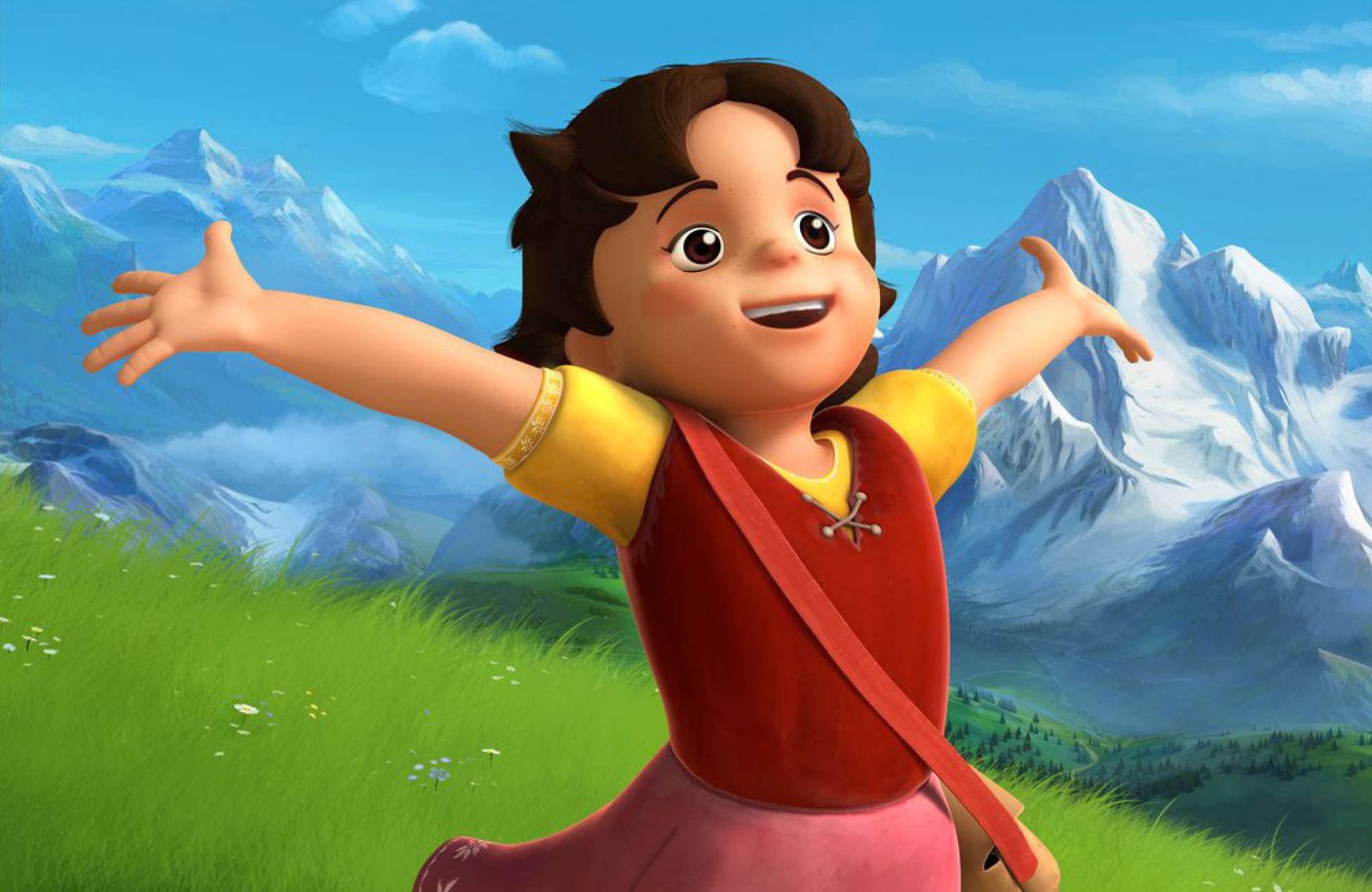
When we talk about animation, we have to differentiate between traditional animation and 3D animation. In the first case we are talking about drawings that pass at great speed in front of our eyes. Specifically at a rate of 24 images per second or what is the same 24fps (frames per second).
In traditional animation, the cartoonists made each frame one by one. This implied: drawing, ink, applying colors, working on backgrounds, etc. For a long time, they worked on a transparent material to leave those more elaborate backgrounds static.
At present, this type of animation is also done by computer. Although there is another animation technique that is being used more and more, instead of the traditional one. It is, as we have already mentioned, 3D animation.
Differences of 3D with traditional animation
It is not drawn, it is modeled. This means that you have to build the character, the environment, and the various objects onto the stage in three dimensions. There is a specific type of software that will allow us to generate those forms to which we will later apply some textures. This means that we will not have to “paint” the characters or the scenes either.
No need to repeat the drawing to have a different version of the object. By making a certain object to be 3D, it will allow us to see it from any perspective.
It will work on polygonal structures. Obviously in a program like Illustrator or Freehand, the pen tool allows us to easily trace the curves of an object. In 3D these curved surfaces will be treated with triangles, although we have other types of tools such as splines or bezier patches that will allow us to draw more complex curves.
In 3D we are not only going to work on color, light and shadow. We must give each piece a color or texture, the brightness that an object produces when light hits it (specularity), that the rest of the elements of the scene are reflected in the object or not (reflectivity), transparency and refraction .
As we mentioned before, it also applies textures. Because a wooden object does not have the same color on all its sides, right? We have to apply the same to our objects to give them the greatest possible realism. (If that is what you intend to do).
The lighting of the scene. There is no longer just one light or one sun that illuminates the 3D scene, we have the radial light, the focus, the parallel, the ambient light, in order to simulate different environments.
We can animate the drawing. 3D allows us to give movement to our creation before being introduced in editing or post-production.
The rendering. It will be the time it takes to complete our sequence and all we have to do is wait for the computer to do its job.
Do you know more differences between traditional and 3D animation? Would you like to learn a little more about animation?





